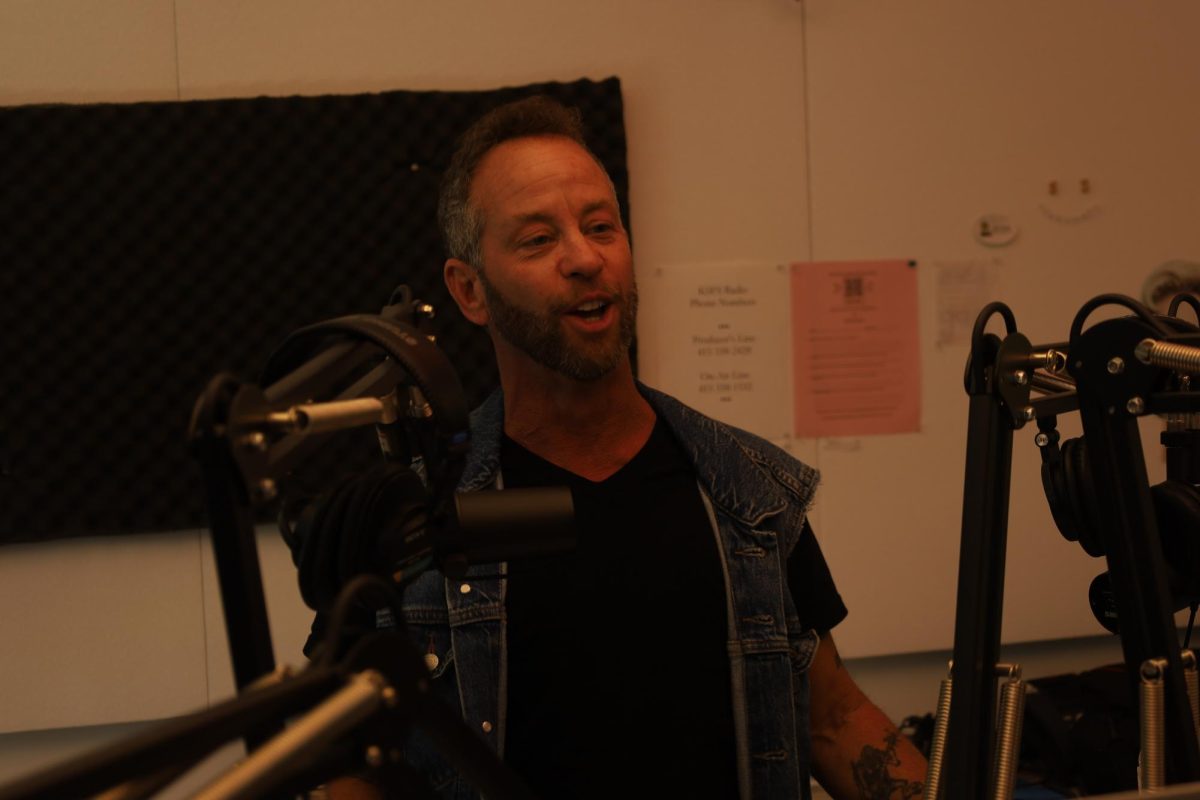Tables were lined up, covered with a variety of arts and craft utensils, from markers and scissors to multi-colored beads for making bracelets. The walls were decorated with pictures and biographies of iconic Asian Pacific Islander American women. The ambience grew as conversations escalated, and children’s laughter filled the room with joy.
In celebration of women’s heritage month, SF State’s Asian Student Union and students from Asian American studies courses hosted the first Asian Pacific Islander American Women Making History event in the Latino and Hispanic Community meeting room at the San Francisco main Public Library.
The event’s goal was to raise awareness of the necessity of teaching Asian Pacific Islander women’s history to the students and general community, according to Professor Jeannie Woo, a lecturer of Asian American studies at SF State.
“Our goal overall for both groups (community and teachers) is for them to learn more about Asian Pacific Islander American women and their history,” Woo said. “We want to show them that there are (APIA) arts and crafts they can teach. We just don’t want anyone to have excuses that there is nothing to teach, there is nothing to read, there’s nothing to know about, so that’s our main goal.”
The Asian Pacific Islander Women’s event is the first of its kind and the organizations involved plan on making it an annual, according to Irene Collier, a member of the Association of Chinese Teachers.
“Usually we have (Asian Pacific celebration month) in May,” Collier said. “But this year we also decided to work with a community organization in Chinatown, the Square and Circle Club, so it’s good to have a representation club of very historic background with other organizations.”
The Association of Chinese Teachers and the Square and Circle Club also collaborated with the Asian American studies students and members of the ASU. SF State’s coed fraternity Alpha Phi Omega set up tables, taped up posters and arranged chairs. This collaboration has been going on for four years, according to Woo.
Both members of the ASU and Asian American studies students informed the guests on APIA women history through exhibits, games and craft activities.
“APIA Women in Flight,” one of the activities, had visitors make small paper astronauts in honor of Kalpana Chawla, the first Indian American astronaut and the first Indian woman in space.
“To me, I feel like what we are trying to achieve today is to gain knowledge and respect that we have for APIA women and to share the achievements and their contribution to the public,” said Jermarc Henderson, ASU member and first-year biology major.
Another table was not only promoting APIA women’s history, but also promoted 2016 as the year of the monkey in Chinese culture.
“Hopefully with this event we spread the knowledge and show the tradition and culture of Asian American women,” said Patrick Ngo, an ASU member and second-year urban studies major.
Other activities included the women teller game, one identical to the fortune teller game kids commonly play in elementary school, which is crafted with paper folding skills. Also included were APIA women in fashion designers and the Royal Hawaiian Woman, an informative lecture on the queen of Hawaii before the U.S. colonized the island.
A literature section was also available with a book gallery with sections divided for adults and children. All genres were centered on APIA women’s books, and guests had the chance to peruse autobiographies, biographies or history textbooks.
Woo, who started as a lecturer at SF State in 1987, is now a full-time professor teaching Asian American studies courses and has helped out with this event all four years.
“The ultimate goal is to have a national website free for students and teachers K-12 that is a database for APIA women,” Woo said. “On it they would be able to find resourceful websites, booklists, biographies and all these recommended crafts they (teachers) can do in the classroom.”





